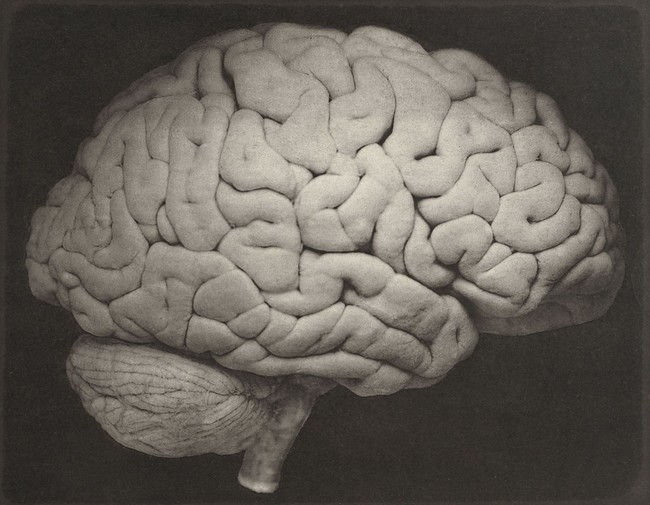
As we age, well, everything just gets less efficient. Of course, that’s not just all about age; as the old saying goes, “It ain’t the year, it’s the mileage.” But as we get older, everything seems to slow down, to not work quite as well. That doesn’t have to stop you from doing anything; even in his 90s, my Old Man used to brag about how he could still do anything he ever had done before – but that he had to do it a little more slowly.
Today, though, some news from the field of neuroscience (the study of brains and nervous systems) reveals something I should have suspected long ago; while most of our brains shrink and lose a little effectiveness as we age, there’s one part that grows in size and function. Neuroscientist Esther Kuehn has done some interesting research here.
Our thinking and perception happens in the neocortex. This outer part of our brain consists of six layers. When you feel touch to your body, layer four of your sensory cortex gets activated. This layer is the width of a grain of sand – much smaller than what MRI scanners at hospitals can usually depict. When you modulate your body sensation, for example by trying to read this text rather than feeling the pain from your bad back, layers five and six of your sensory cortex get activated – which are even smaller than layer four.
Got that? The neocortex governs what we see, hear, taste, smell, and feel. Layer four of the neocortex is in charge of what we feel, when we touch something, or when something touches us, or when something hurts. The neocortex is where what we think happens, too, but sadly, that’s not the part that grows. It’s layer four.
Using a 7 Tesla scanner, my team and I investigated the sensory cortex in healthy younger adults (around 25 years old) and healthy older adults (around 65 years old) to better understand brain ageing. We found that only layers five and six, which modulate body perception, showed signs of age-related degeneration.
Layer four, needed to feel touch to your body, was enlarged in healthy older adults in my study. We also did a comparative study with mice. We found similar results in the older mice, in that they also had a more pronounced layer four than the younger mice.
Well, that certainly explains a lot.
Read More: New Revelations From Tapper’s Book About Biden and the Cabinet Are Even Worse
I’m a year younger than the healthy older adults that Dr. Kuehn examined. Given that and the active life I’d led, I expect my level four is probably rocking. So, were I able to pose a few questions to Dr. Kuehn, it might be these: Is that why my back hurts? Is that why my knees hurt? I spent too much of my youth running around with a pack and a rifle, which hasn’t done my knees any good; are you telling me now that my brain is part of the problem? What about my shoulders? It’s not bad enough that I’ve torn both rotator cuffs at one point or another; are you telling me that it’s not just my shoulders, but that my brain is in on the fun of making sure it takes five or ten minutes of painful stretching to get my shoulders working properly every morning?
Brain, I thought I could count on you!
Being a biologist by long-ago education myself, I find these kinds of things interesting, but honestly, finding out that the only part of the brain that improves as I age is the same part that is responsible for my feeling my aching back – that’s just a little bit disappointing.
At least my liver’s still in good shape. For now.
Editor’s Note: Every single day, here at RedState, we will stand up and FIGHT, FIGHT, FIGHT against the radical left and deliver the conservative reporting our readers deserve.
Help us continue to tell the truth about the Trump administration and its successes. Join RedState VIP and use promo code FIGHT to get 60% off your membership.















